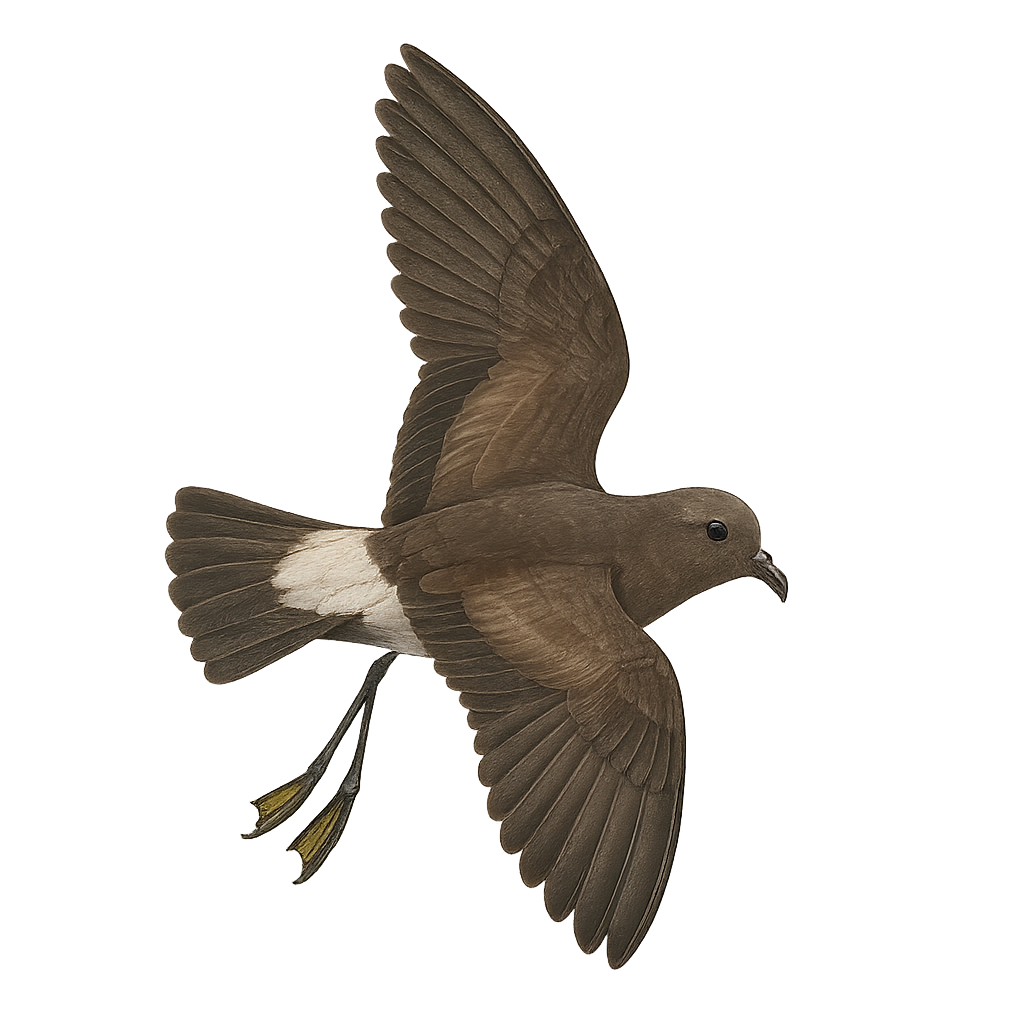Your wildlife photography guide.
Explore the wilson's storm petrel in detail, study its behavior, prepare your shots.
Where to observe and photograph the wilson's storm petrel in the wild
Learn where and when to spot the wilson's storm petrel in the wild, how to identify the species based on distinctive features, and what natural environments it inhabits. The WildlifePhotographer app offers tailored photography tips that reflect the wilson's storm petrel’s behavior, helping you capture better wildlife images. Explore the full species profile for key information including description, habitat, active periods, and approach techniques.
Wilson's Storm Petrel
Scientific name: Oceanites oceanicus

IUCN Status: Least Concern
Family: HYDROBATIDAE
Group: Birds
Sensitivity to human approach: Suspicious
Minimum approach distance: 10 m
Courtship display: November to January
Incubation: 38-44 jours
Hatchings: December to February
Habitat:
Oceans, open seas
Activity period :
Primarily active during the day, with peak activity in the morning and late afternoon.
Identification and description:
The Wilson's Storm Petrel is a small seabird belonging to the Hydrobatidae family. It is easily recognizable by its modest size, dark brown plumage, and distinctive white rump. This bird is an excellent flyer, capable of covering long distances over the oceans. It primarily feeds on plankton and small crustaceans, which it captures by flying close to the water's surface. The Wilson's Storm Petrel is a remarkable migrator, breeding in Antarctic regions during the austral summer and migrating to warmer northern hemisphere waters during the winter. Its ability to adapt to various oceanic conditions makes it a fascinating subject for ornithologists.
Recommended lens:
400 mm – adjust based on distance, desired framing (portrait or habitat), and approach conditions.
Photography tips:
To photograph the Wilson's Storm Petrel, it is advisable to use a telephoto lens of at least 400mm to capture sharp images from a distance. Light conditions can vary greatly at sea, so adjust ISO and aperture accordingly to achieve good exposure. Try shooting early in the morning or late in the afternoon to benefit from softer light. Be patient and wait for the bird to come close enough for detailed shots. Stability is crucial, so a tripod or monopod can be very helpful to avoid motion blur.
The WildlifePhotographer App is coming soon!
Be the first to explore the best nature spots, track rutting seasons, log your observations, and observe more wildlife.
Already 1 439 wildlife lovers subscribed worldwide

